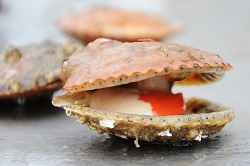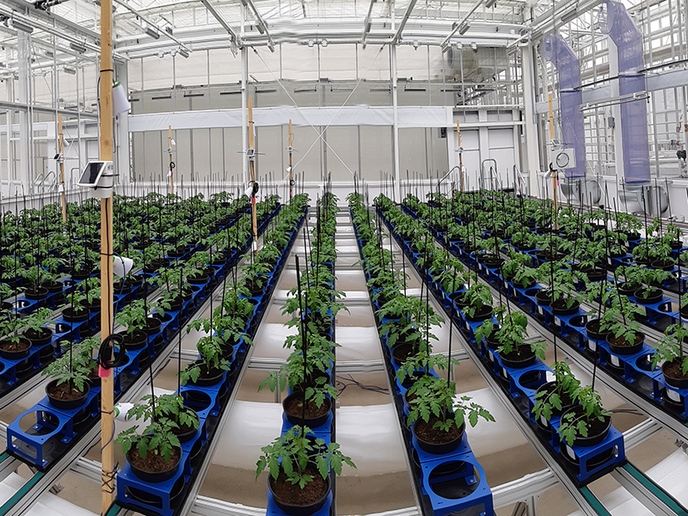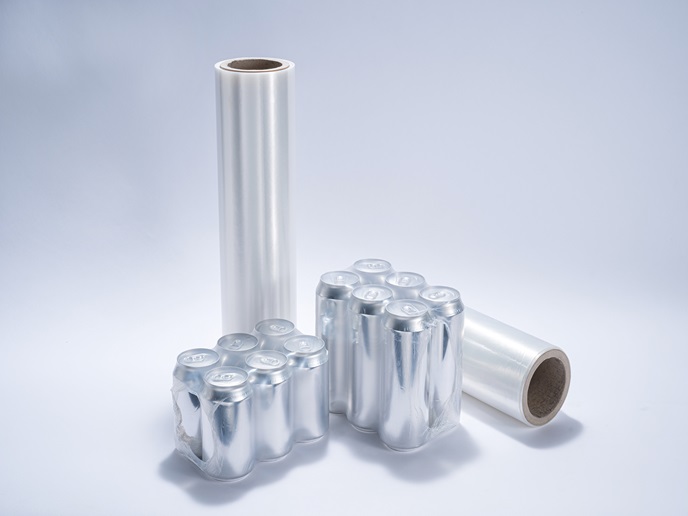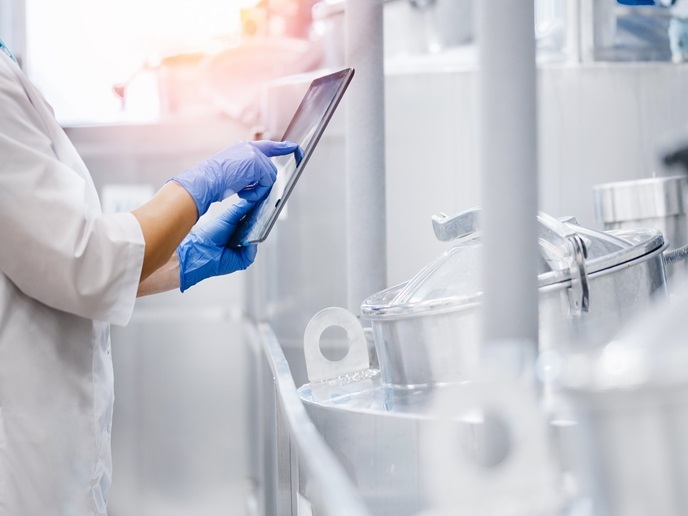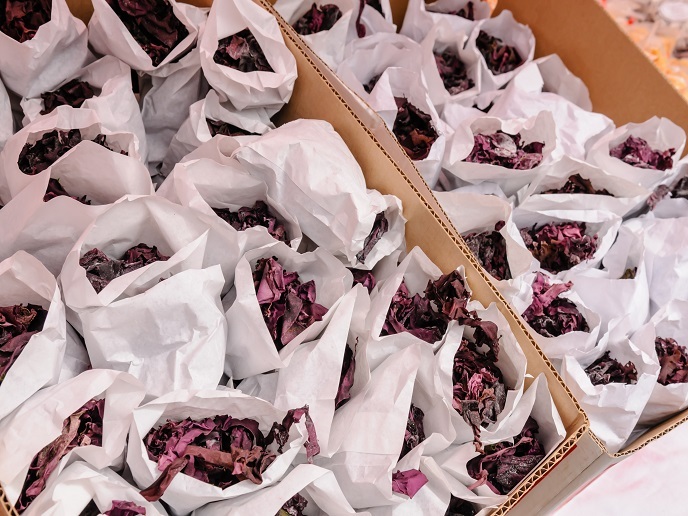New technology and management techniques could lift European aquaculture industry
Growth in European aquaculture is increasingly facing resistance from regulators and stakeholders. Now, EU scientists working for the IDREEM project (Increasing Industrial Resource Efficiency in European Mariculture) are hoping to solve this by introducing innovative sustainable techniques. ‘If we can move European aquaculture to more integrated-based production systems then we can help the industry to grow in an environmentally and socially sustainable way, while ensuring its economic competitivity,’ says IDREEM Project Coordinator Adam Hughes. One of the biggest problems the industry faces is waste. Aquaculture produces two main types of waste – small particulate waste and dissolved waste such as uneaten food or fish waste. Under current practices, waste is simply lost to the wider environment where it is absorbed into the ecosystem. ‘This can lead to the accumulation of organic matter underneath aquaculture production sites, as well as a potential over-loading of nutrients in coastal waters,’ Hughes explains. Using innovative new concepts, the project has created waste management strategies that convert waste streams into high value products. The Integrated Multitrophic Aquaculture (IMTA) system reduces net environmental emissions and increases productivity and profitability for European aquaculture businesses. The project found that growing different species together – such as queen scallops and salmon, or sea bream and oysters – cuts waste as queen scallops and oysters eat waste from the fish. ‘This increases the productivity at the site, and diversifies the aquaculture industry, both of which contribute to the economic sustainability of the industry,’ says Hughes. IDREEM also developed advances in the design of farm layout, including making changes to anchoring grids which keep fish cages in place to make space for seaweed production. Meanwhile, modelling technology was developed to allow for a better prediction of the benefits of IMTA, maximising productivity and environmental benefits onsite. IDREEM’s technology and strategies are currently in place at several sites across Europe, while the modelling technology is also available to the aquaculture industry via the project’s website. IDREEM has already produced products available on European markets including a condiment made from seaweed, and shellfish products such as queen scallops and mussels. With this initial success now achieved, the project faces new challenges such as developing ways to certify products produced with the IMTA system. ‘Although our project showed that across Europe there is willingness to pay extra for fish produced in an IMTA system, it is difficult for producers to secure this market premium without certification,’ Hughes explains. Appetite for seaweed grown in Europe was also a hurdle. Today, seaweed is a high value product imported into Europe in large quantities for uses like fine chemicals and gelling agents. There is a very limited market for European seaweed due to the current small-scale of production, but this is changing. However, many IDREEM project partners are continuing to use the IMTA production system and some are looking at rolling it out across many sites. Meanwhile, Hughes hopes that work can continue overcoming the challenges the project identified.



